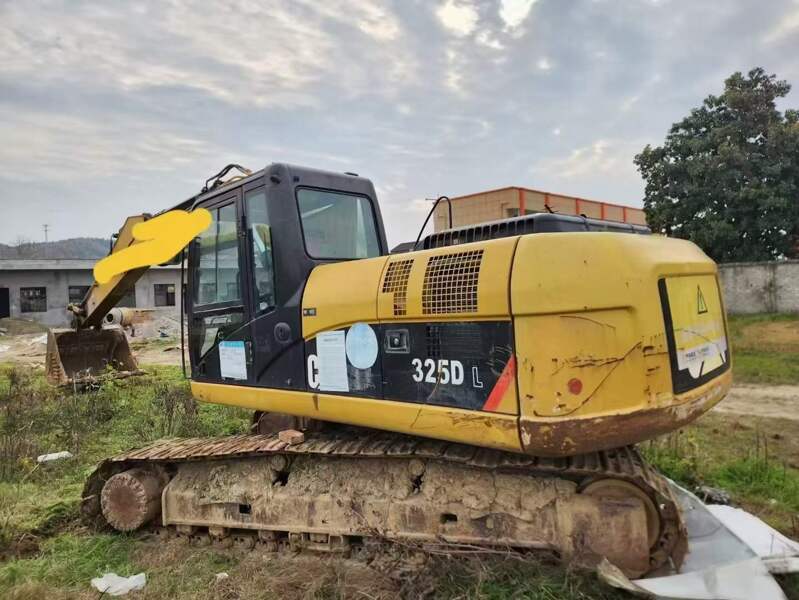The method to solve the brake failure of Carter 320 excavator
A used Caterpillar 320 excavator, when working for 3000 hours, experienced brake failure during the rotation of the upper turntable, causing the rotation to not stop in time; After continuing to work for another 2 hours, the above-mentioned fault symptoms became increasingly severe. During the inspection, it was found that the turntable cannot stop immediately after rapid rotation, but needs to rotate in the same direction for a certain distance before stopping rotation; When the turntable rotates slowly, it must rotate more than 90 degrees in the opposite direction before stopping.
1. Fault analysis

From the fault phenomenon, it can be seen that the main cause is insufficient braking force. There are several reasons for insufficient braking force, so they were investigated item by item.
(1) Brake pad wear and insufficient spring force
Stop the machine on a slope, rotate the upper turntable to a perpendicular position to the slope, turn off the engine, and at this time, the turntable does not rotate towards the lower side due to gravity; Cut off the oil circuit at the brake control valve PG, start the engine, and operate the pilot valve. At this time, the turntable cannot rotate. The above situation indicates that there is no problem with the brake pads and springs.
(2) Due to wear and leakage in other parts, even after stopping the operation of the pilot valve, there is still pressure oil entering the SH (A12) end
The pilot valve returns incorrectly or not in a timely manner; Or the reversing valve 6 is worn, causing the main pump pressure oil to enter the pilot oil circuit through PAs (or PBs) through the wear gap, and then enter the SH (A12) pipeline through shuttle valves 3 and 4; There are leaks in other parts, and pressure oil enters SH (A12) from AM, A1, A13, Psp, etc., causing the brake control valve to not return to its original position and remain connected to the brake piston. However, PG pressure oil continues to enter the brake piston chamber, causing brake pad 11 to separate and unable to exert braking function.
According to pressure testing, when operating the pilot valve, the pressure at SH (A12) was 3.6 MPa. When stopping the operation of the pilot valve, the pressure quickly decreased from 3.6 MPa to 0. Therefore, it is confirmed that the assumed fault point is not a problem.
(3) The throttle hole of regulating valve 2 is blocked, and brake control valve 1 does not return to its original position
After closing the pilot valve, due to the blockage of the throttle hole of the speed regulating valve 2 and the sticking of the brake control valve 1 in the connected position, the pressure in the brake cylinder cannot be released, and the braking device does not work.
Through pressure detection, the pressure in the brake piston chamber decreased from 3.6 MPa to 0 (approximately 3 seconds) after stopping the operation of the pilot valve. However, when the pressure in the chamber was 0, the rotation of the turntable still could not be stopped. This confirms that there is no problem with the speed control valve and brake control valve.
(4) Wear of rotary motor
After stopping the operation of the pilot valve, the oil pressure inside the rotary motor now plays a role in hydraulic braking and works together with brake pad 11 to stop the movement of the turntable. When the sliding shoes, distribution plates, and other parts of the rotary motor wear out, the oil film that should have formed static hydraulic support in these areas is destroyed. Due to the decrease in sealing performance, the pressure oil inside the plunger leaks through the worn parts, which cannot play a role in hydraulic braking, resulting in slow braking of the turntable.
From the above analysis and monitoring, it can be concluded that the focus of troubleshooting should be on the rotary motor.


